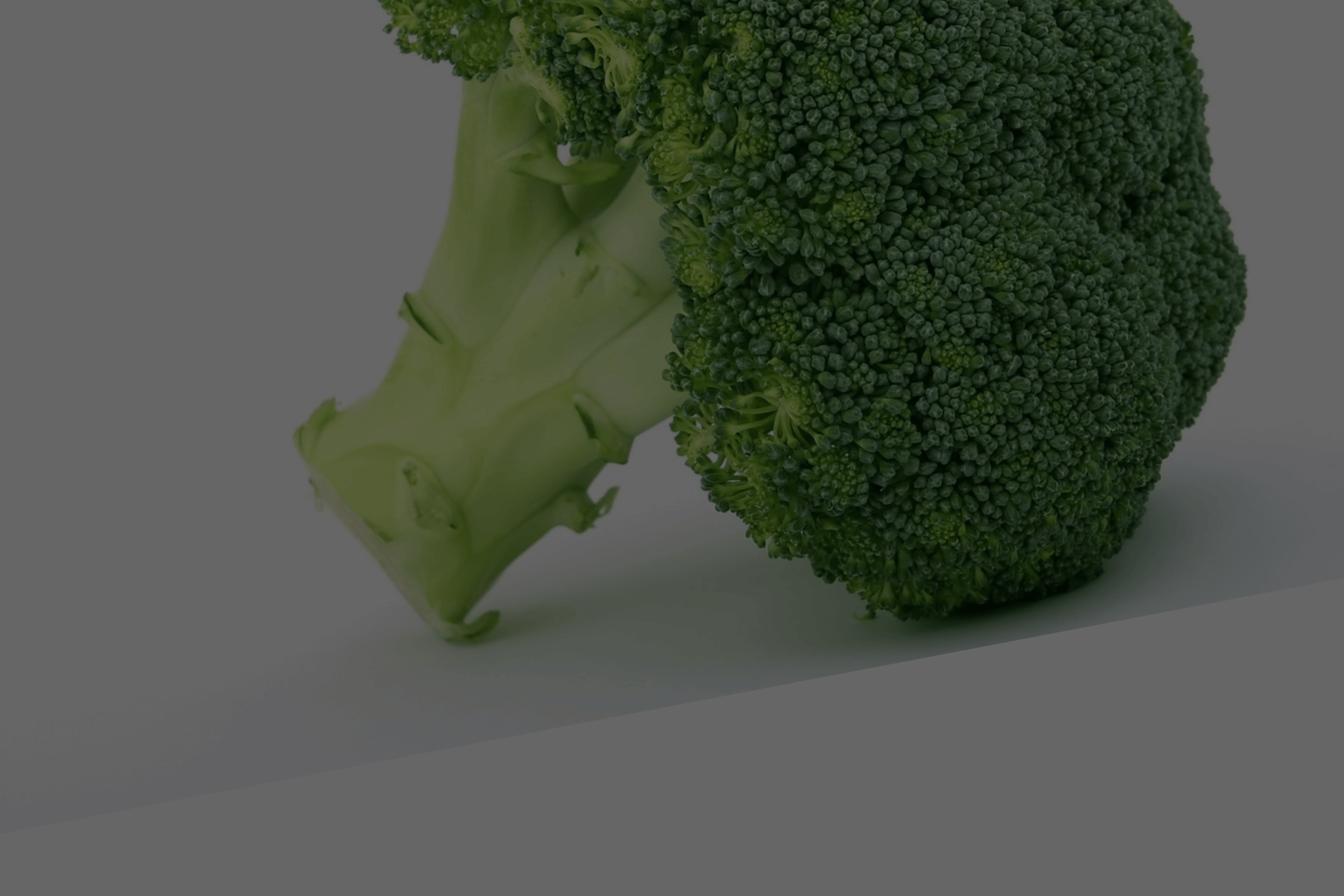
Many types of industrialized food contain relevant dietary fibers
The food content determines if it is more or less nutritive. Therefore, the nutritive value of a food does not depend on the fact it is industrialized or not, or being made with more or less number of processes, or for having few or many ingredients. Sales statistics demonstrate that much food marketed by industries contain relevant dietary fibers.
Check the data about calories content in industrialized dietary fibers:
- The studies conducted by Ital, about the content of nutrients stated in the labels of many industrialized products, demonstrate that many categories of products have relevant quantities of fibers.
Bread
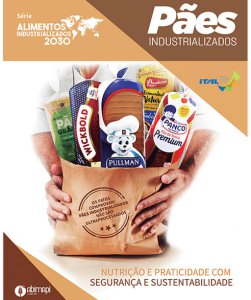 In 2019, Ital and ABIMAPI conducted a study about nutrients and ingredients of 70 products marketed in Brazil, obtaining the following results. There are industrialized loaves of bread, both white and whole, with more fibers than the average of French bread and homemade bread.
In 2019, Ital and ABIMAPI conducted a study about nutrients and ingredients of 70 products marketed in Brazil, obtaining the following results. There are industrialized loaves of bread, both white and whole, with more fibers than the average of French bread and homemade bread.
Cookies
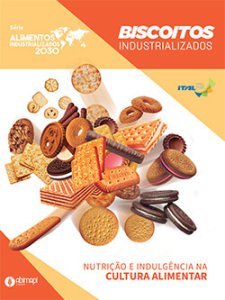 In 2020, Ital and ABIMAPI conducted a study about nutrients and ingredients of 243 products marketed in Brazil, obtaining the following results. The content of fibers, even with the variations among the considered items, are very significant for the consumers feeding and nutrition. It is possible to check that many products can be classified as a source of fiber, while some can have a high content of dietary fibers, both per portion of 30 g as for 100 g.
In 2020, Ital and ABIMAPI conducted a study about nutrients and ingredients of 243 products marketed in Brazil, obtaining the following results. The content of fibers, even with the variations among the considered items, are very significant for the consumers feeding and nutrition. It is possible to check that many products can be classified as a source of fiber, while some can have a high content of dietary fibers, both per portion of 30 g as for 100 g.
Cakes
 In 2021, Ital and ABIMAPI conducted a study about nutrients and ingredients of 210 products marketed in Brazil, obtained the following results. Many cakes contribute with significant quantities of DIETARY FIBERS for the consumers feeding and nutrition.
In 2021, Ital and ABIMAPI conducted a study about nutrients and ingredients of 210 products marketed in Brazil, obtained the following results. Many cakes contribute with significant quantities of DIETARY FIBERS for the consumers feeding and nutrition.
Doughs
 In 2021, Ital and ABIMAPI conducted a study about nutrients and ingredients of 269 products marketed in Brazil, obtaining the following results. Doughs contribute with significant quantities of dietary fibers for the consumers feeding and nutrition. Based on the Anvisa Normative Instruction IN no. 75, from October 8th, 2020, 138 products (51.3% of the sample) can be considered as SOURCE of proteins and 25 products (9.3% of the sample) as having a HIGH CONTENT of proteins, per portion of 100 g.
In 2021, Ital and ABIMAPI conducted a study about nutrients and ingredients of 269 products marketed in Brazil, obtaining the following results. Doughs contribute with significant quantities of dietary fibers for the consumers feeding and nutrition. Based on the Anvisa Normative Instruction IN no. 75, from October 8th, 2020, 138 products (51.3% of the sample) can be considered as SOURCE of proteins and 25 products (9.3% of the sample) as having a HIGH CONTENT of proteins, per portion of 100 g.
Pizzas
 In 2020, Ital and ABIA conducted a study about nutrients and ingredients of 56 products marketed in Brazil, obtaining the following results. 23.2% of the sample can be classified as source of fibers. In comparison with foreign products, it was observed that pizzas can have higher content of fibers, as long they use whole grains and higher quantities of vegetables, as it is proven with national vegan pizzas that have 3,5 g in average.
In 2020, Ital and ABIA conducted a study about nutrients and ingredients of 56 products marketed in Brazil, obtaining the following results. 23.2% of the sample can be classified as source of fibers. In comparison with foreign products, it was observed that pizzas can have higher content of fibers, as long they use whole grains and higher quantities of vegetables, as it is proven with national vegan pizzas that have 3,5 g in average.
Plant-based beverages
 in 2022, Ital and Good Food Institute conducted a a study about nutrients and ingredients of 178 products marketed in Brazil, obtaining the following results. In the sample of 178 products, 13% of the beverages present quantities above 10% of VDR (25 g) of mandatory statement for dietary fibers. The beverages with higher contents of dietary fibers are cereal-based (with 22.8% above 2.5 g/200 ml) and the mixed. Beverages based on leguminous plants are those that present lower contents. It is important to note that the content of dietary fibers vary significantly among different types of beverages, due to the natural characteristics of vegetables that serve as base for its preparation.
in 2022, Ital and Good Food Institute conducted a a study about nutrients and ingredients of 178 products marketed in Brazil, obtaining the following results. In the sample of 178 products, 13% of the beverages present quantities above 10% of VDR (25 g) of mandatory statement for dietary fibers. The beverages with higher contents of dietary fibers are cereal-based (with 22.8% above 2.5 g/200 ml) and the mixed. Beverages based on leguminous plants are those that present lower contents. It is important to note that the content of dietary fibers vary significantly among different types of beverages, due to the natural characteristics of vegetables that serve as base for its preparation.
Juice and other non-carbonated beverages
 In 2020, Ital and ABIR conducted a study about nutrients and ingredients of 217 products marketed in Brazil, obtained the following results. Generally, the presence of fibers depends on the type of fruit and vegetables in which they are compound. In the TOTAL of the sample, 132 products (61%) inform a zero fiber content. However, many beverages present relevant fiber content, supplying the consumers with up to 42% of their daily needs.
In 2020, Ital and ABIR conducted a study about nutrients and ingredients of 217 products marketed in Brazil, obtained the following results. Generally, the presence of fibers depends on the type of fruit and vegetables in which they are compound. In the TOTAL of the sample, 132 products (61%) inform a zero fiber content. However, many beverages present relevant fiber content, supplying the consumers with up to 42% of their daily needs.
Ice creams
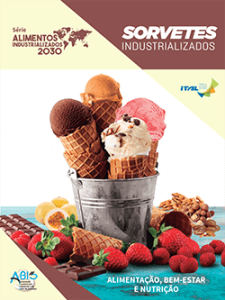 In 2021, Ital and ABIS conducted a study about nutrients and ingredients of 180 products marketed in Brazil, obtained the following results. In average, ice creams do not have significant quantities of fibers; however, according to the types ingredients used in their formulation, there are ice creams with relevant content of fibers. Based on the Anvisa Normative Instruction IN no. 75, from October 8th, 2020, 13 products (7.2% of the sample) can be classified as source of fibers per portion of 60 g, and 8 products (4.4% of the sample) as having a high content, per portion of 100 g.
In 2021, Ital and ABIS conducted a study about nutrients and ingredients of 180 products marketed in Brazil, obtained the following results. In average, ice creams do not have significant quantities of fibers; however, according to the types ingredients used in their formulation, there are ice creams with relevant content of fibers. Based on the Anvisa Normative Instruction IN no. 75, from October 8th, 2020, 13 products (7.2% of the sample) can be classified as source of fibers per portion of 60 g, and 8 products (4.4% of the sample) as having a high content, per portion of 100 g.
Hamburgers
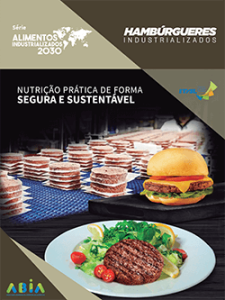 In 2021, Ital and ABIA conducted a study about nutrients and ingredients of 90 products marketed in Brazil, obtaining the following results. Only vegan hamburgers present significant quantities of FIBERS due to the nature of their ingredients. Based on the Anvisa Normative Instruction IN no. 75, from October 8th, 2020, 27 plant-based products can be classified as source of fibers, per portion of 80 g. Some meat products present relevant quantities of fibers, depending on the ingredients used.
In 2021, Ital and ABIA conducted a study about nutrients and ingredients of 90 products marketed in Brazil, obtaining the following results. Only vegan hamburgers present significant quantities of FIBERS due to the nature of their ingredients. Based on the Anvisa Normative Instruction IN no. 75, from October 8th, 2020, 27 plant-based products can be classified as source of fibers, per portion of 80 g. Some meat products present relevant quantities of fibers, depending on the ingredients used.
Chocolates
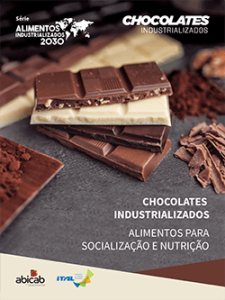 In 2022, Ital and ABICAB conducted a study about nutrients and ingredients of 483 products marketed in Brazil, obtaining the following results. Many types of chocolate can be considered as source of dietary fibers for the consumers feeding and nutrition, and some of them have a high content of fibers. Likewise, as observed for products with a higher content of proteins, the fortification with fibers, vitamins, minerals, fruit, seeds, etc., it is a strong trend in order to meet the consumers who want to ally indulgence and nutrition.
In 2022, Ital and ABICAB conducted a study about nutrients and ingredients of 483 products marketed in Brazil, obtaining the following results. Many types of chocolate can be considered as source of dietary fibers for the consumers feeding and nutrition, and some of them have a high content of fibers. Likewise, as observed for products with a higher content of proteins, the fortification with fibers, vitamins, minerals, fruit, seeds, etc., it is a strong trend in order to meet the consumers who want to ally indulgence and nutrition.
Peanut
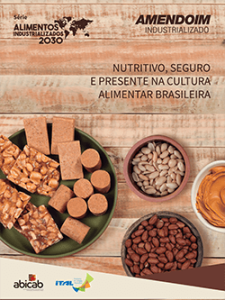 In 2022, Ital and ABICAB conducted a study about nutrients and ingredients of 416 products marketed in Brazil, obtaining the following results. Industrialized peanut products contribute with significant quantities of dietary fibers for the consumers feeding and nutrition. Even though there is a great variation in quantities of fibers present in the different products, there are those, mainly among the bars and beverages with peanut, with content above 10% of VDR (25 g) of mandatory statement for dietary fibers, in most of the categories of the analyzed products.
In 2022, Ital and ABICAB conducted a study about nutrients and ingredients of 416 products marketed in Brazil, obtaining the following results. Industrialized peanut products contribute with significant quantities of dietary fibers for the consumers feeding and nutrition. Even though there is a great variation in quantities of fibers present in the different products, there are those, mainly among the bars and beverages with peanut, with content above 10% of VDR (25 g) of mandatory statement for dietary fibers, in most of the categories of the analyzed products.
As the data presented demonstrates, regarding the content of dietary fibers for the several categories of products, it is not possible to consider, generally, its higher or lower nutritional value regarding this nutrient.


